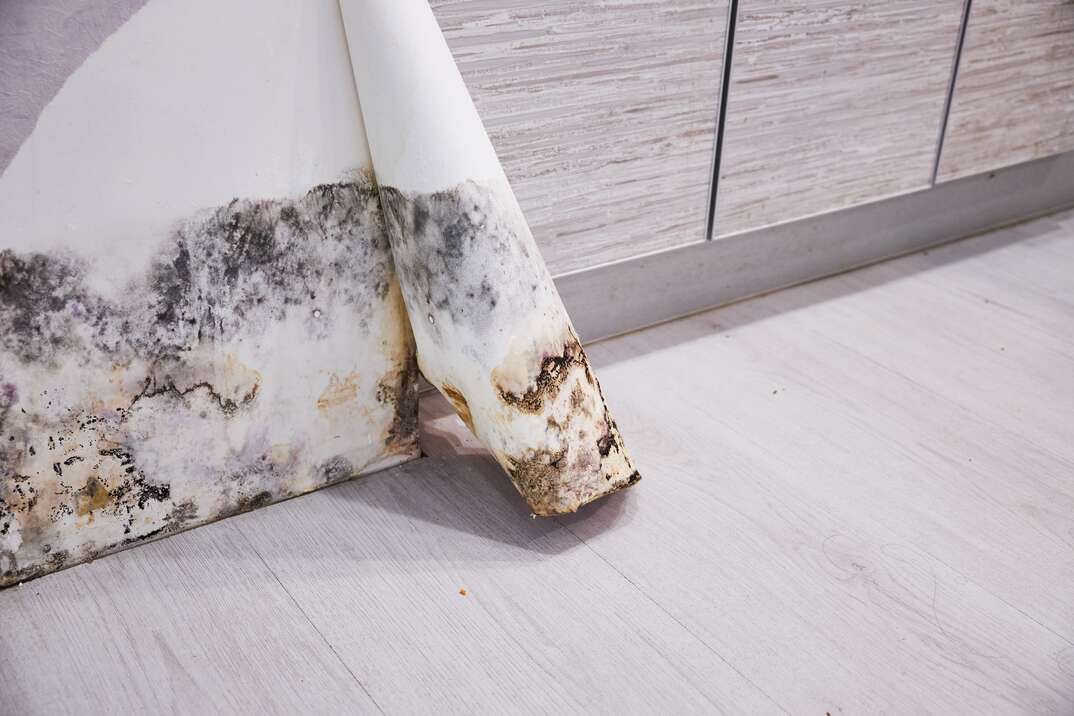Specialist Tips for Message Mold And Mildew Remediation Success
In the world of mold and mildew remediation, successfully eliminating mold is only half the fight; the true difficulty exists in stopping its reappearance. By sticking to skilled tips and best practices, individuals can protect their areas against mold and mildew resurgence and preserve a healthy interior setting.
Monitor Humidity Degrees Frequently
Routine surveillance of moisture levels is crucial in guaranteeing the efficiency of post mold and mildew removal initiatives. After finishing mold removal procedures, keeping optimal moisture degrees is critical to stop mold and mildew re-growth and ensure a healthy and balanced interior environment. Surveillance moisture degrees permits very early discovery of any type of spikes or fluctuations that can potentially result in mold and mildew resurgence. High moisture levels over 60% create a helpful environment for mold to flourish, making routine keeping track of a proactive procedure to avoid any kind of future mold and mildew issues - Post remediation mold testing near me.
Additionally, developing a regular timetable for humidity checks, especially in risky locations such as kitchen areas, bathrooms, and cellars, is an aggressive method to mold and mildew prevention. By regularly checking humidity degrees, residential or commercial property owners can properly alleviate the risk of mold and mildew reoccurrence and preserve a healthy and balanced indoor setting post-remediation.
Conduct Thorough Inspections Post-Remediation
Complying with the conclusion of mold removal procedures, it is crucial to conduct detailed evaluations to verify the efficiency of the removal process. These post-remediation assessments are vital in ensuring that the mold concern has been efficiently dealt with which there is no recurrence or continuing to be mold growth. Assessments should be carried out by qualified experts that have expertise in determining mold and mildew and analyzing indoor air high quality.
Throughout these inspections, various techniques such as aesthetic analyses, air tasting, and surface tasting might be used to thoroughly assess the remediated locations. Aesthetic evaluations entail a thorough examination of the facilities to look for any visible indicators of mold and mildew growth or water damages. Air tasting assists in determining the airborne mold and mildew spore degrees, while surface area tasting can detect mold bits on surface areas.
Implement Correct Air Flow Approaches
After guaranteeing the effectiveness of the mold and mildew remediation process via thorough examinations, the next essential action is to concentrate on executing proper air flow techniques. Ample ventilation is essential in preventing mold and mildew reoccurrence by controlling wetness levels and promoting description air blood circulation.
Correct air flow not just help in preventing mold development yet also adds to the total wellness and convenience of passengers. By ensuring adequate ventilation throughout the residential property, you can minimize the danger of mold regrowth and produce a healthier living environment.

Usage Mold-Resistant Materials for Services
To boost the lasting performance of mold remediation initiatives, including mold-resistant materials for repairs is essential in mitigating the threat of future mold and mildew growth. Mold-resistant products are created to endure moisture and prevent mold development, making them a crucial option for locations vulnerable to moisture and moisture. When repairing areas impacted by mold, making use of materials such as mold-resistant drywall, mold-resistant paints, and mold-resistant caulking can aid stop mold and mildew reoccurrence.
Mold-resistant drywall is an exceptional choice to standard drywall in locations like washrooms and basements where moisture degrees are greater. This sort of you can check here drywall has a special finishing that stands up to mold growth even when exposed to damp problems. Additionally, using mold-resistant paints including antimicrobial representatives can additionally hinder mold and mildew growth on ceilings and walls.
In areas where dampness is common, such as bathroom and kitchens, utilizing mold-resistant caulking around sinks, home windows, and bathtubs can assist secure out water and prevent mold and mildew from holding in cracks and gaps. By buying these mold-resistant materials during repair services post-remediation, you can significantly reduce the probability of future mold problems and preserve a healthier interior setting.
Maintain Sanitation and Address Water Issues
After mold remediation, it is essential to keep a tidy environment to avoid the regrowth of mold and mildew. Leaks, water invasion, or high moisture levels can produce the excellent reproduction ground for mold and mildew, page so it is imperative to deal with any type of water-related problems right away.
To preserve cleanliness, take into consideration using HEPA filters in vacuum cleaners and air cleansers to trap mold and mildew spores and prevent their blood circulation airborne. Making sure correct ventilation in areas prone to moisture buildup, such as bathrooms and kitchen areas, can help keep humidity levels in check. By remaining watchful regarding tidiness and attending to water problems immediately, you can successfully prevent mold and mildew reinfestation and preserve a healthy and balanced indoor environment.
Conclusion

In the world of mold remediation, efficiently getting rid of mold and mildew is just half the fight; the true challenge exists in avoiding its reappearance. After completing mold and mildew removal treatments, maintaining optimum humidity degrees is crucial to stop mold and mildew re-growth and guarantee a healthy and balanced indoor environment. High moisture degrees above 60% create a favorable environment for mold and mildew to grow, making routine keeping an eye on a positive step to protect against any type of future mold and mildew problems.
To boost the long-term efficiency of mold and mildew remediation initiatives, incorporating mold-resistant products for repairs is important in minimizing the risk of future mold growth. After mold removal, it is critical to maintain a clean atmosphere to stop the regrowth of mold.